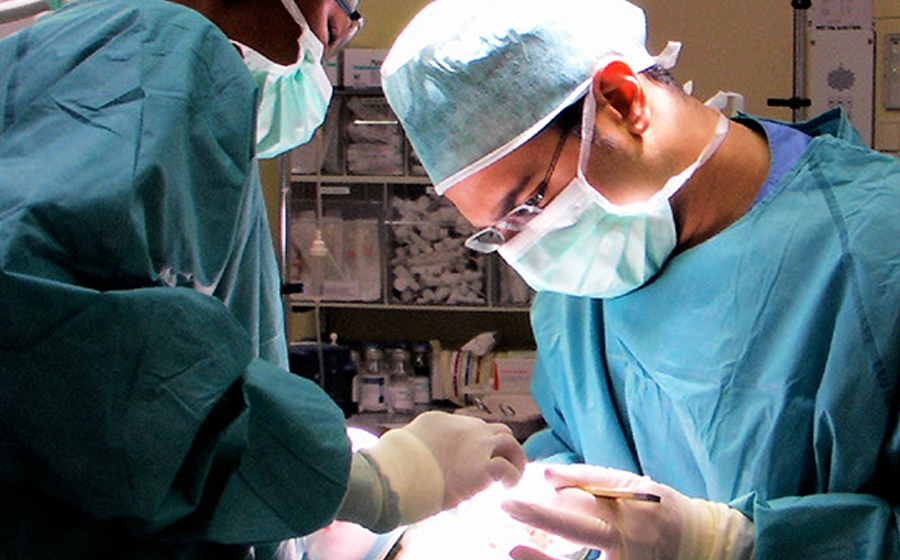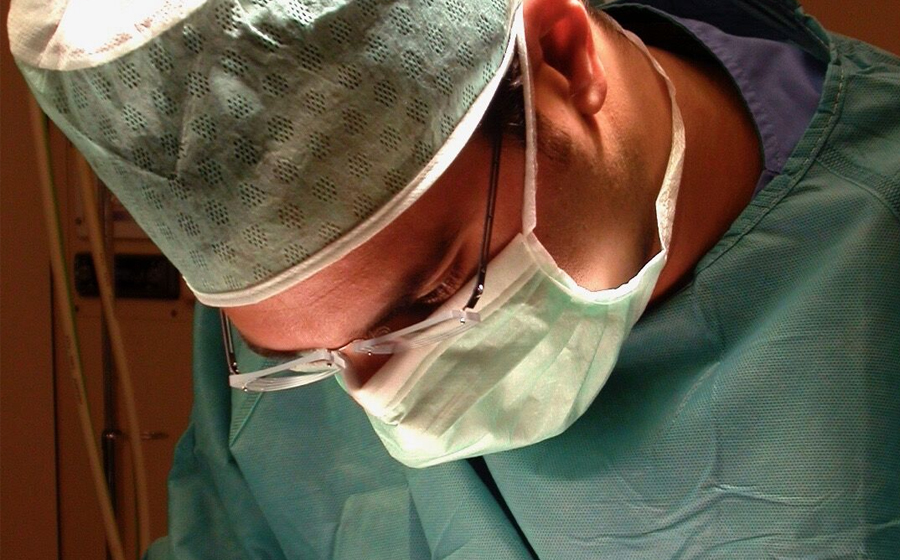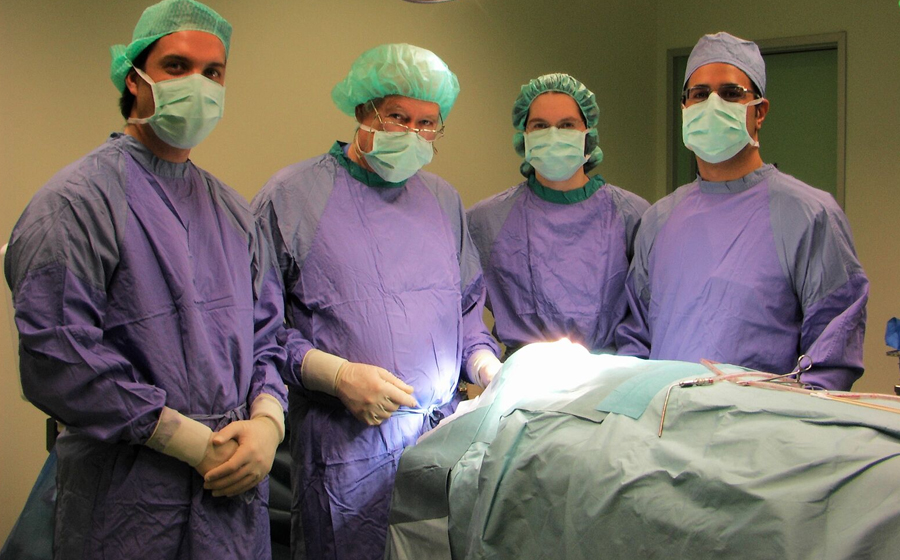Male Facial Rejuvenation Masculinization
Enhance or augment features to masculinize the face
There are some prominent differences between the male and female face. Enhancing or augmenting these features will either masculinize or feminize the face.
Forehead Masculinization
The forehead helps define the sex of the person. The male forehead is wider and higher than the female forehead. Enhancing the forehead with soft tissue fillers helps enhance this feature.
Males have a prominent ridge that runs across and above the brow whilst female foreheads have a smoother more convex outline. Soft tissue fillers can create this prominence.
The angle of the male forehead is more back sloping whilst the female forehead is vertical and convex. Through the use of Botulinum toxin and soft tissue fillers, these features can be enhanced or changed to achieve a more masculine look.
Eyebrow and Eye Masculinization
Male brows are straighter in shape compared to female brows which are usually arched. The male brow also sits at or below the orbital rim. Botulinum toxin can be used to change the balance of the muscles controlling the brow shape and position, effectively lowering the brow and making it straighter. This lower straighter brow makes the male eye appear more deep set and the eyelids appear more closed and shorter which will enhance the masculine look of the eye and brow complex.
Nose Masculinization
Males have a wider, longer and either arched or a straight nose. The feminine nose is narrower, shorter and has a more up rotated tip or concave profile. Using non surgical rhinoplasty techniques, the nose can be changed to make it appear more masculine.
Jawline and the Chin
A strong jawline (square and chiseled jaw) is a sign of masculinity. The male chin is generally longer than the female chin, has sharp angles and a more square appearance. The male chin also has a wider base than the slightly more pointed female chin. Males also have a heavier, wider jawline than females. Using the harder and more dense soft tissue fillers which are also more elastic with higher G’, the jaw and the chin can be reshaped using non surgical chin augmentation and jawline enhancement.
Bruxism treatment
Bruxism is a condition relating to excessive and unnecessary teeth grinding and/or clenching of the jaw. It can occur during sleep or while a person is awake. There are numerous theories as to why this occurs. Certainly, there are components of psychological stress that may contribute to it. Bruxism is surprisingly common and when symptoms are mild, people may not even be aware of the condition. However in more severe cases, it can result in a series of unpleasant consequences. These could include:
- Headaches/facial pain
- Ear pain.
- Aching/tired jaw.
- Hypersensitive teeth.
- TMJ dysfunction.
- Enlargement of the masseter.
- Unnatural tooth wear and cracking which could lead to the need for increased dental work.
Dr Imani uses Botulinum toxin regularly to help treat patients with bruxism. Carefully administered injections weaken the masseter and temporalis muscles just enough to reduce their ability to cause clenching and teeth grinding but still retain the normal function of chewing, talking and smiling. Botulinum toxin has the distinct advantage of dealing with the cause of the problem rather than its consequences and patients experience significant relief from the symptoms of bruxism with effects that last three to six months from treatment.
Are there risks involved?
Yes. There are risks involved in all medical procedures. Dr Imani will gladly discuss and disclose all possible risks, benefits and alternatives involved at the time of consultation. Common, mild and transient effects include swelling, redness, tenderness and bruising.

Anaesthesia:
None required, occasionally topical.
In/Outpatient:
Outpatient.
Time:
15 minutes.
Pain Score:
Minimal to no pain.
Recovery:
Back to work the same day.
Duration of Results:
6 months.
Any surgical or invasive procedure carries risks. Before proceeding, you should seek a second opinion from an appropriately qualified surgeon.
Got a Question?
Thank you for your enquiry!
We will be in contact with you soon.


